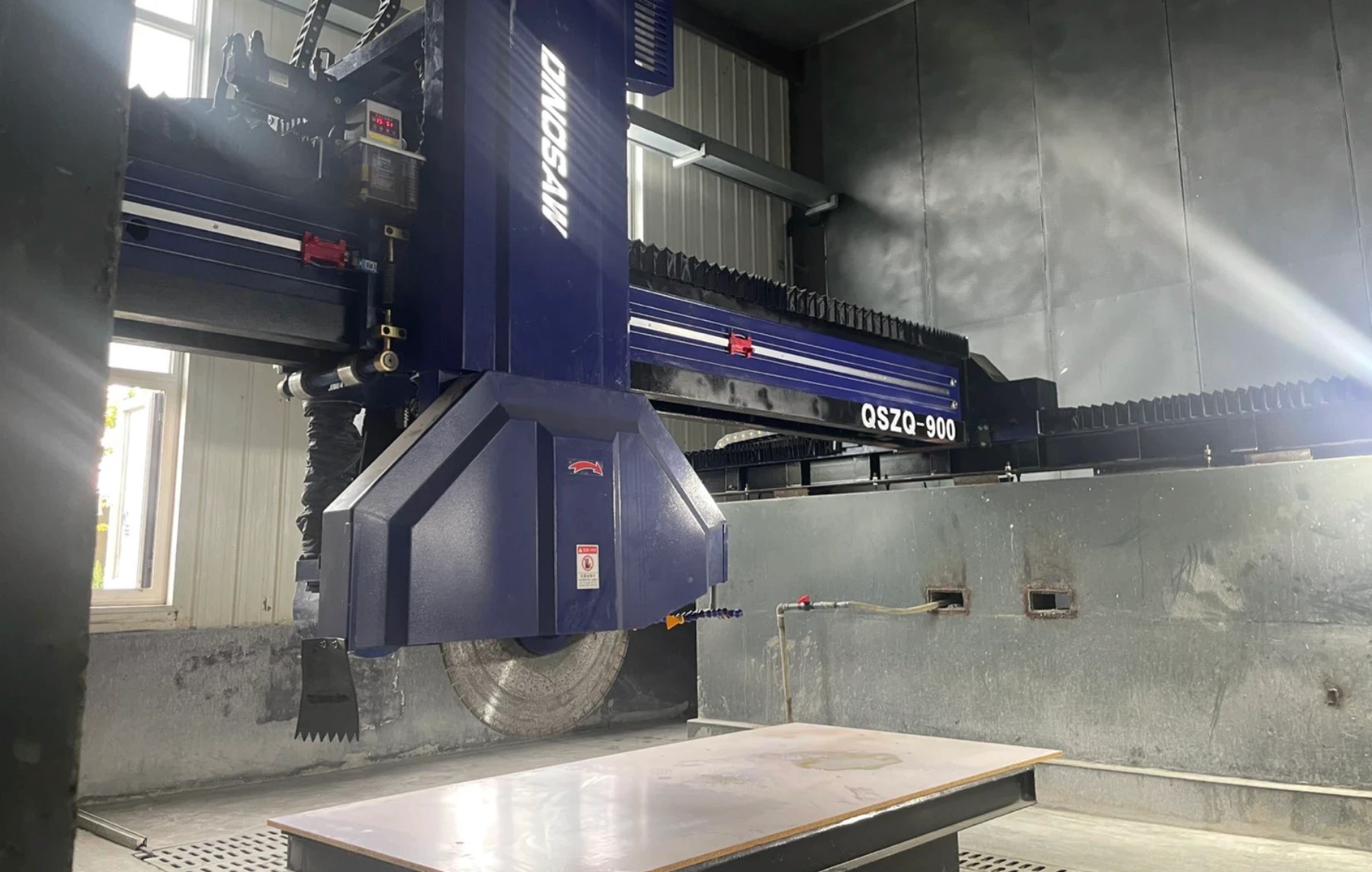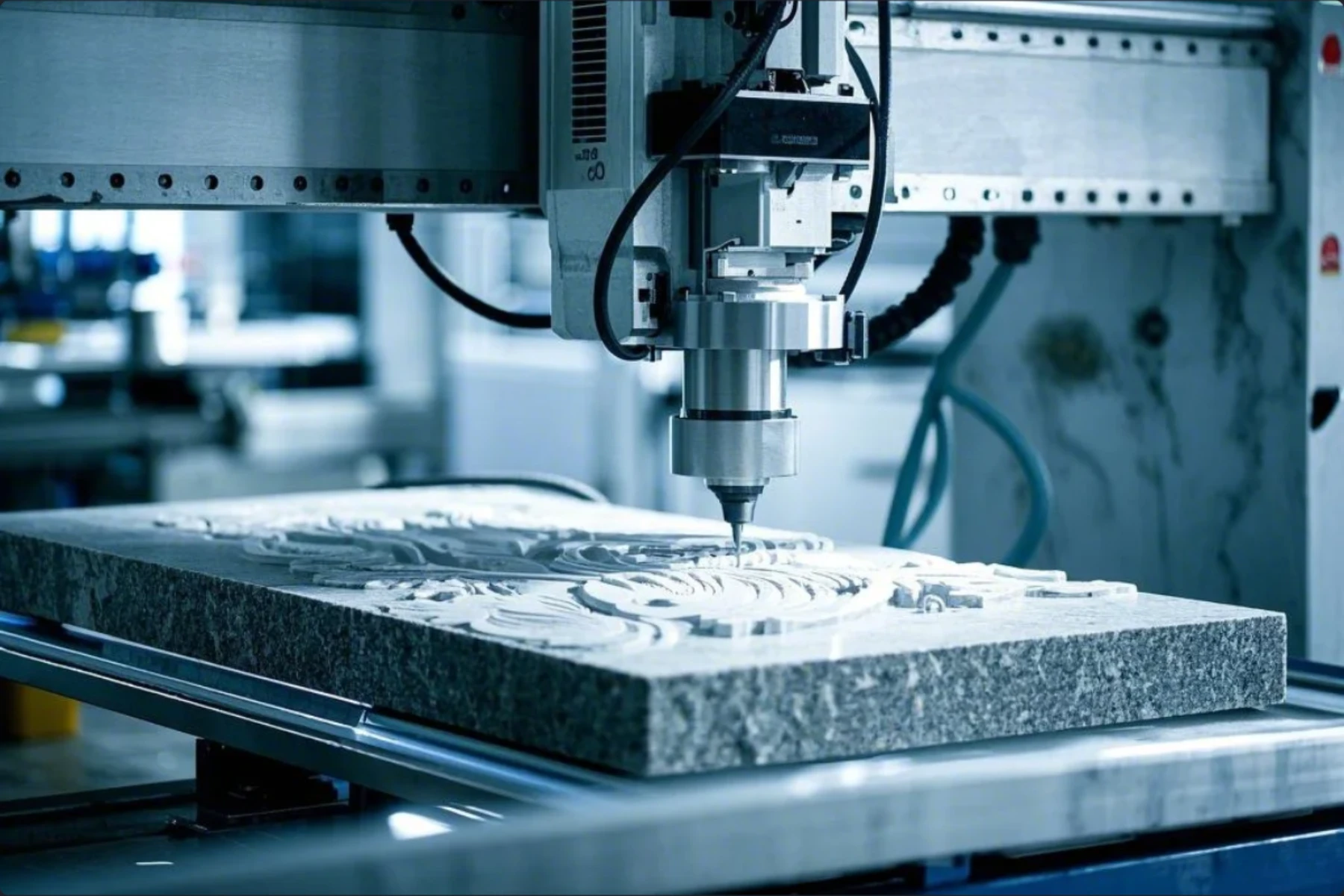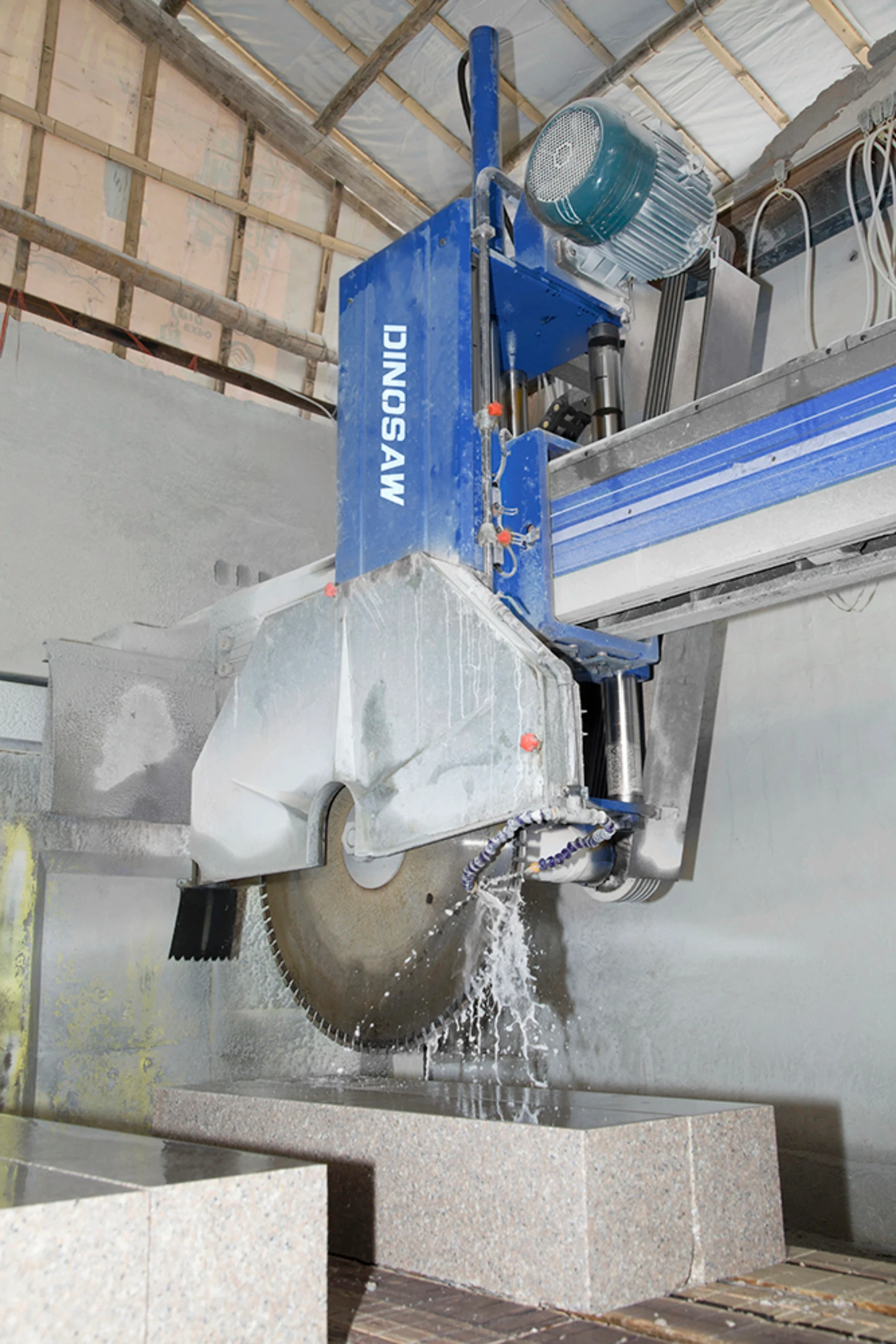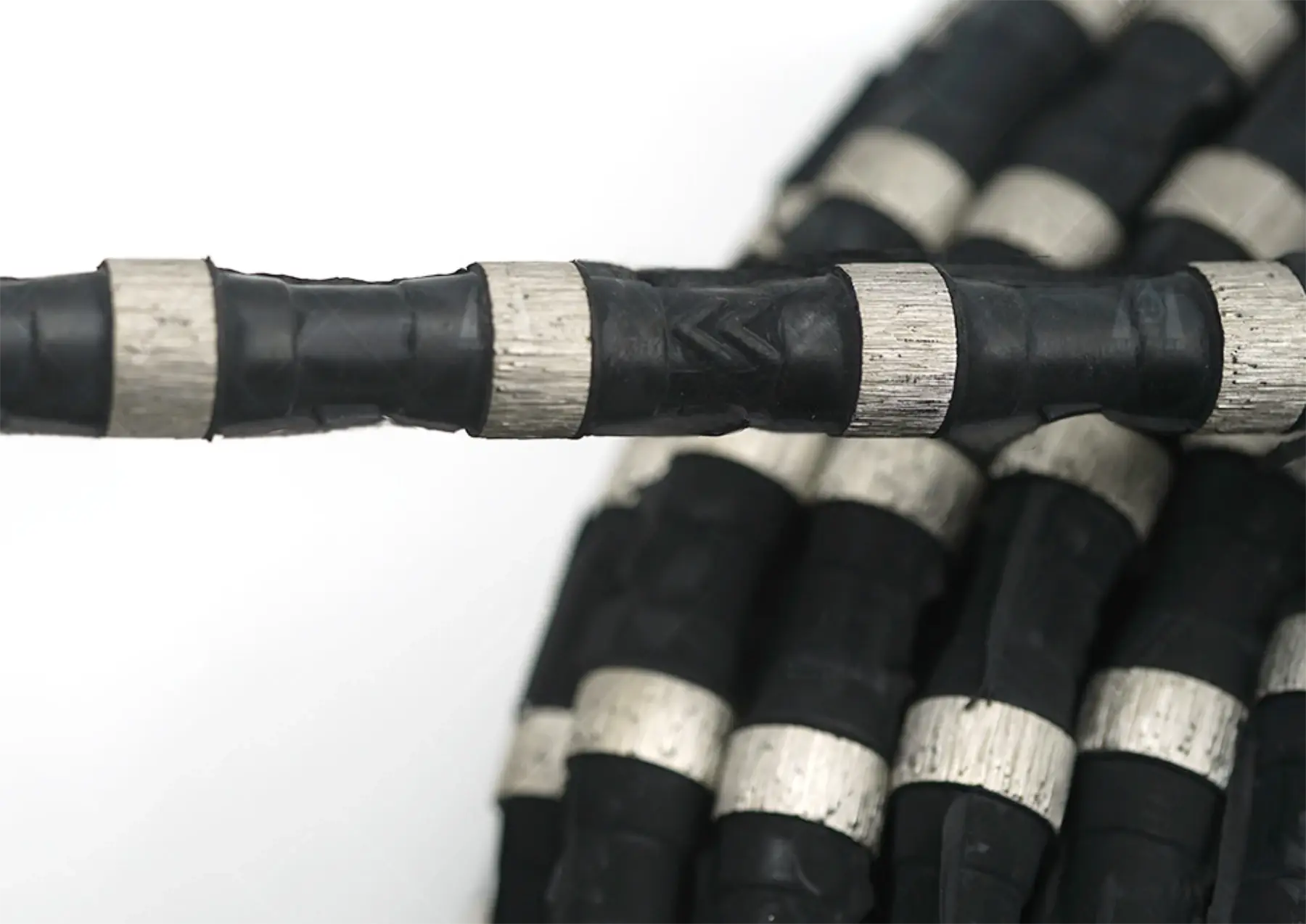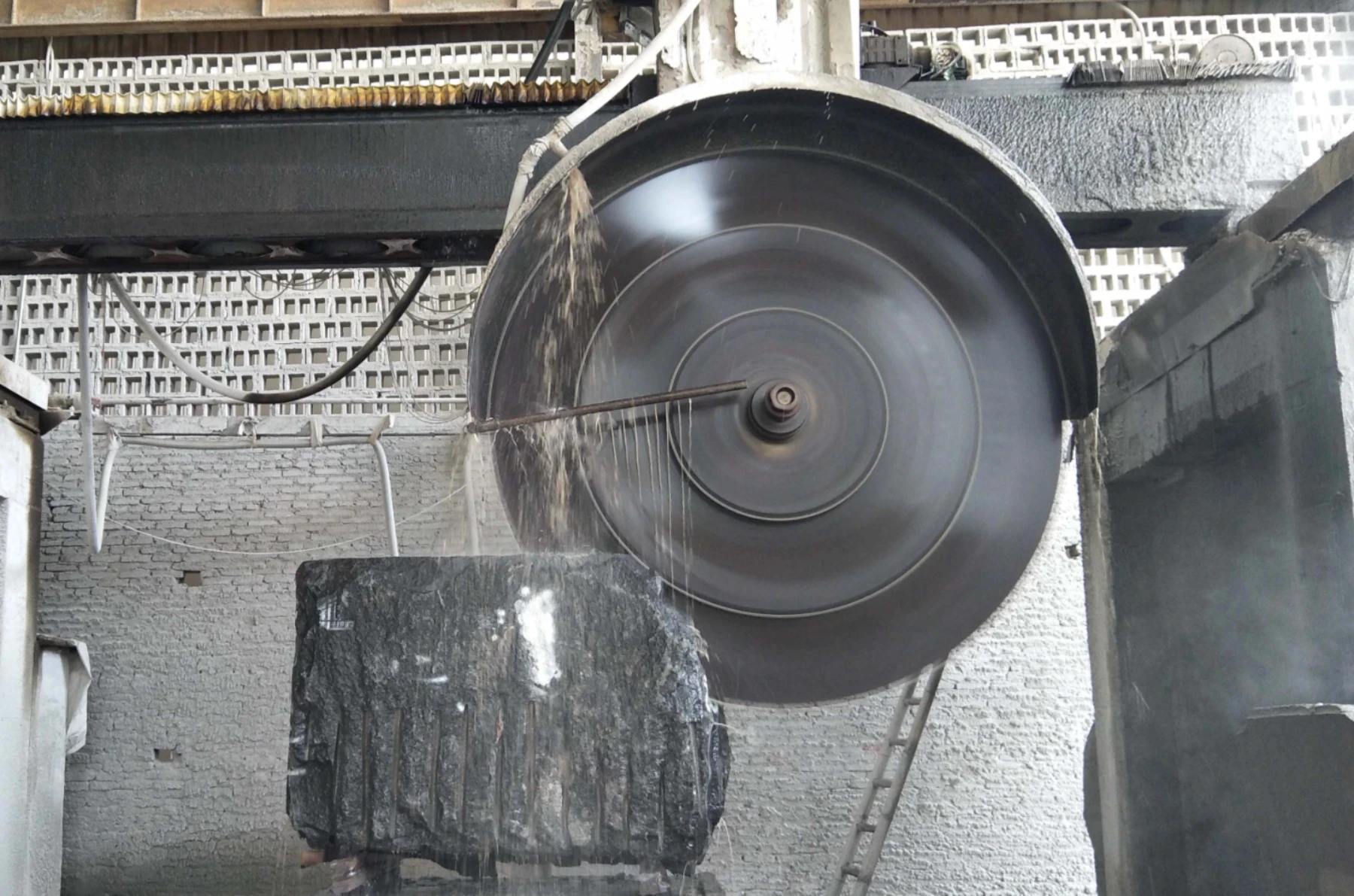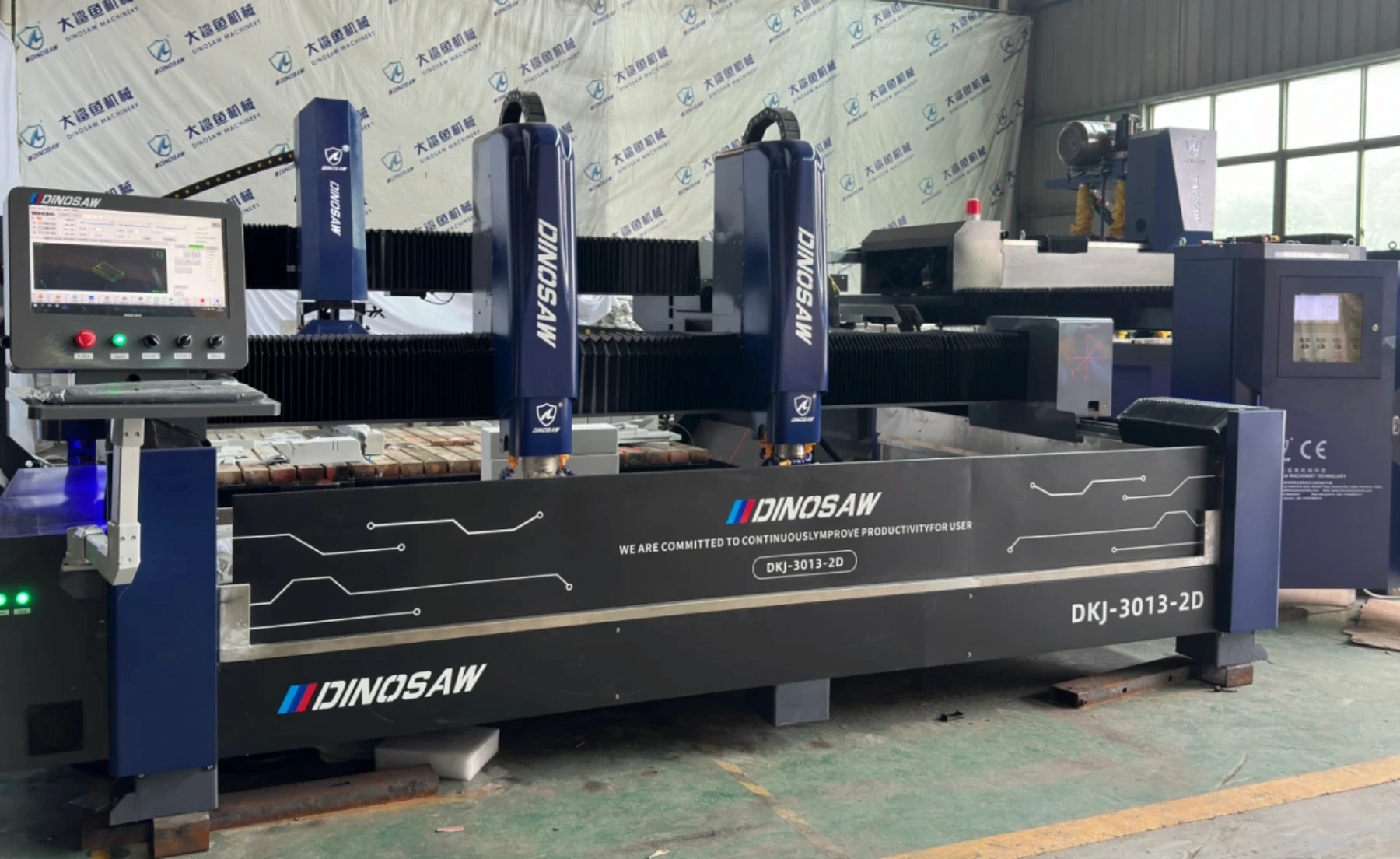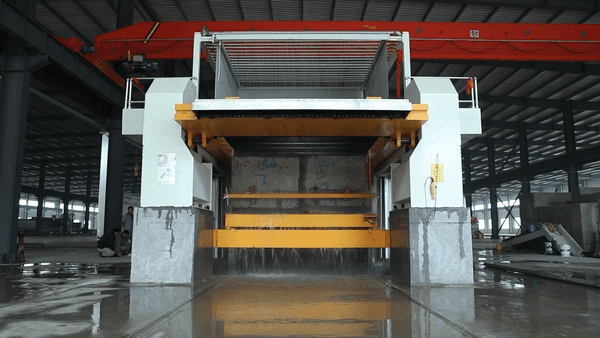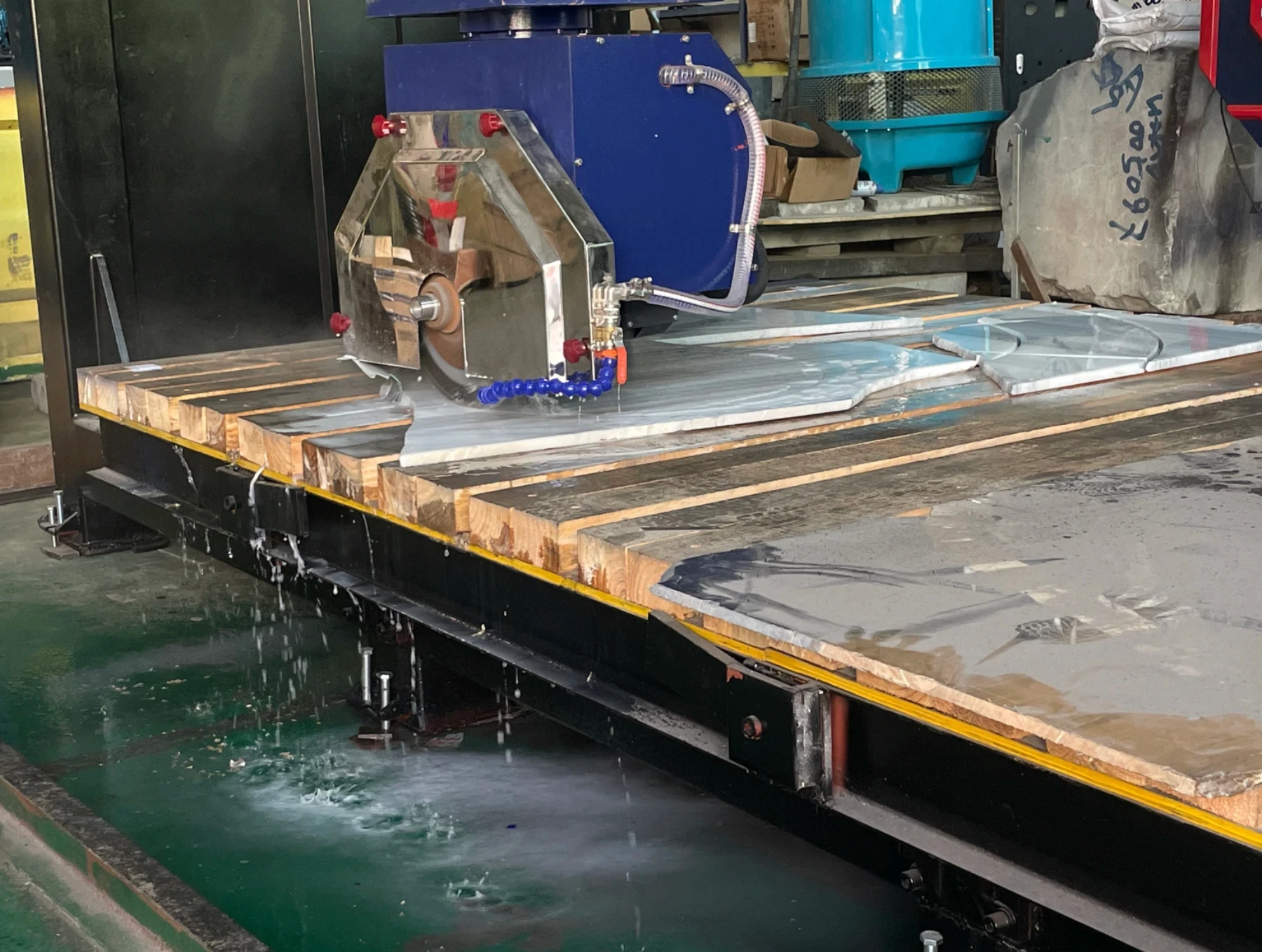
Introduction of Bridge Saw Maintenance
Bridge saws are a crucial tool in stone fabrication, used for cutting granite, marble, and other natural stones with precision and efficiency. Whether you're a commercial operation or a small workshop, maintaining your bridge saw is essential for ensuring smooth operations, improving the lifespan of your equipment, and minimizing unexpected downtime. Proper maintenance can prevent costly repairs, improve cutting accuracy, and enhance the safety of your workplace.
This 2025 guide provides detailed steps on how to properly maintain your bridge saw, including daily, weekly, and monthly practices that will keep your equipment running smoothly. We will also explore the importance of regular maintenance, troubleshooting common issues, and discuss how technological advancements in the industry have made maintenance more efficient than ever.
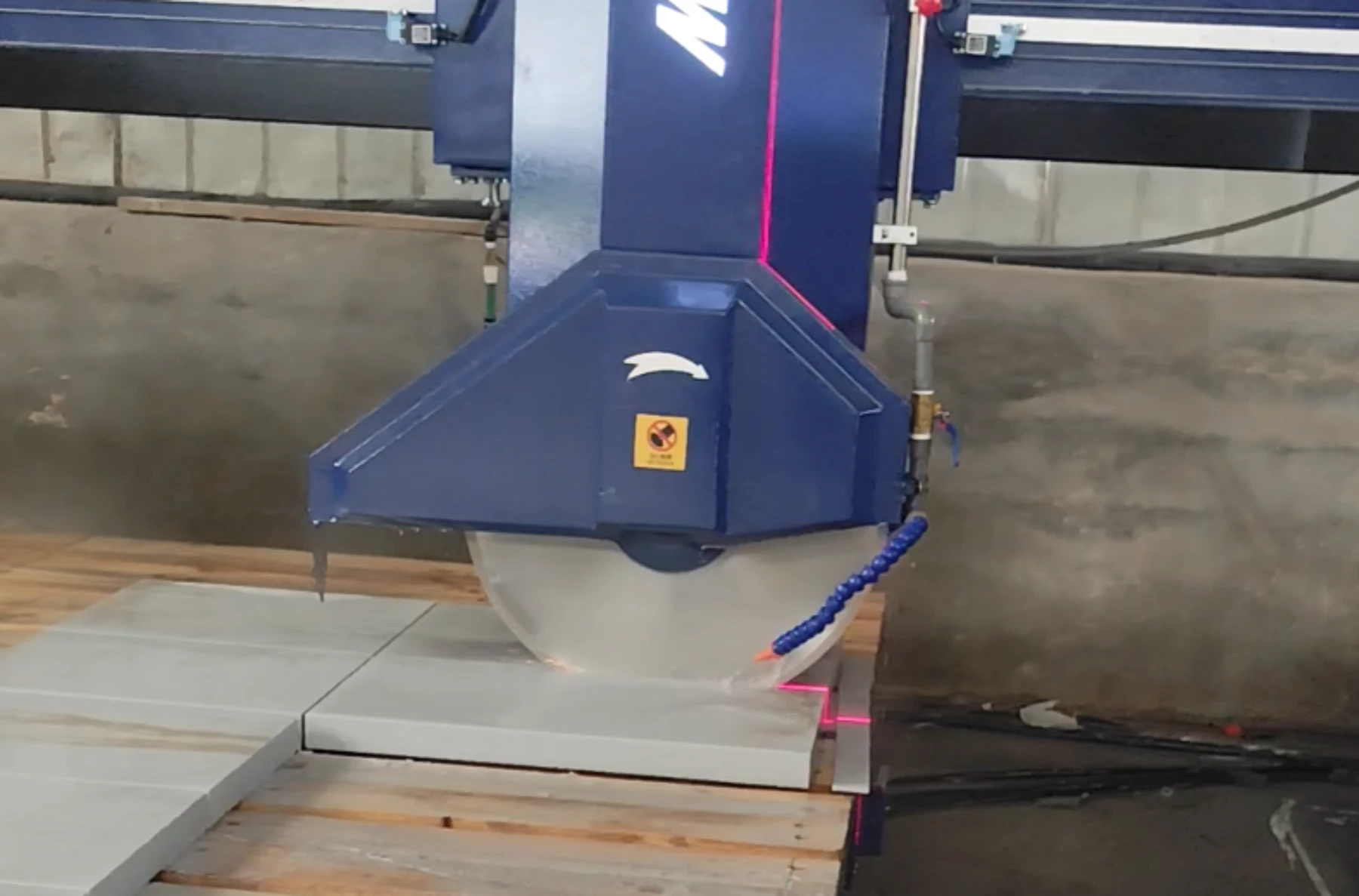
Why Bridge Saw Maintenance Matters
Bridge saws are a significant investment in any stone fabrication shop. Regular maintenance ensures that your equipment continues to operate at peak performance, leading to numerous benefits. Here's why you should prioritize bridge saw maintenance:
Cost Efficiency: Regular maintenance can help identify minor issues before they develop into expensive problems. Proactively addressing wear and tear extends the lifespan of your machine and reduces repair costs.
Safety: A poorly maintained bridge saw can become a safety hazard for operators. Regular checks on electrical systems, moving parts, and safety features (such as emergency stops and rail guards) help prevent accidents and injuries.
Precision & Quality: The accuracy of your cuts directly depends on how well your bridge saw is maintained. Proper lubrication, calibration, and alignment ensure that your machine can make precise cuts, improving both the quality of the finished product and the overall productivity of your workshop.
In addition to these benefits, proper maintenance helps keep your bridge saw running smoothly, which leads to fewer interruptions during production, fewer delays, and enhanced overall efficiency.
Daily Maintenance Tasks
Daily maintenance is critical for ensuring your bridge saw operates smoothly and efficiently every day. These simple yet essential tasks can help avoid buildup of dirt, grease, and wear on key components, keeping your equipment in optimal working condition.
Clean the Surface Regularly
After each use, ensure that the surface of the bridge saw is thoroughly cleaned to remove dust, stone residue, and any other materials that may have accumulated during the cutting process. This prevents these materials from causing unnecessary friction or clogs in the machinery.
Use a soft cloth or brush to remove loose debris from the cutting surface, rails, and other parts of the saw.
Make sure that the stone particles do not accumulate in sensitive areas such as the machine’s motor or undercarriage.
Check and Lubricate Moving Parts
The bridge saw relies on several moving parts, such as the carriage, rails, and cutting head, all of which require regular lubrication to avoid friction and wear.
Check the guide rails and ensure they are properly lubricated. Lack of lubrication can cause parts to seize or wear prematurely.
Lubricate the vertical and horizontal movement systems, including the gantry and linear bearings, using the manufacturer-recommended grease or oil. Use the correct type of lubrication to avoid damage from incompatible fluids.
Inspect Water System
Bridge saws use a water delivery system to cool the blade and prevent overheating during the cutting process. A clogged or dirty water system can cause the saw to overheat or reduce cutting accuracy.
Check the water pump and hoses for blockages or leaks.
Ensure that the water tank is filled with clean water, as debris or dirt in the water can damage the blade or create unnecessary wear on the pump.
Clean the nozzles or water jets to prevent them from becoming clogged with stone dust.
Monitor Blade Condition
The condition of the blade is one of the most important aspects of maintaining cutting quality and efficiency. A dull or worn-out blade can cause uneven cuts, reduce productivity, and even cause damage to the machine.
Check the blade for signs of wear, such as uneven edges or cracks.
If necessary, sharpen or replace the blade according to the manufacturer’s guidelines.
Inspect Electrical Components
Inspecting the electrical components of the bridge saw should also be part of your daily maintenance routine.
Check the power supply to ensure it is stable and consistent. Electrical interruptions can cause the machine to malfunction.
Inspect the wiring for any exposed or damaged cables that could pose a safety risk.
Test the emergency stop button and other safety features to make sure they are functioning properly.
Weekly Maintenance Tasks
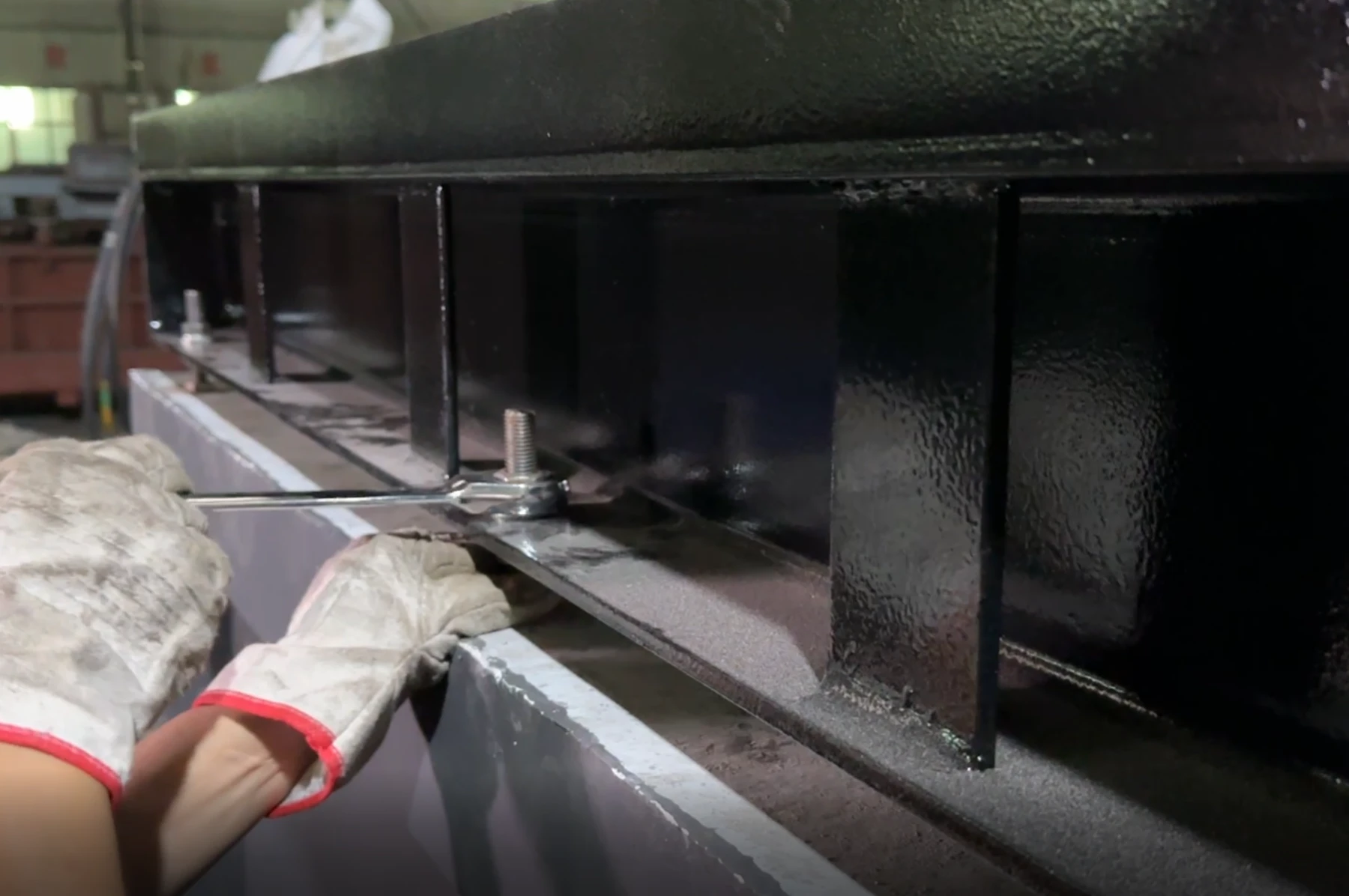
Inspect and Tighten Bolts and Fasteners
Over time, the vibrations from the cutting process can loosen bolts and fasteners. Weekly inspections help ensure that all parts are secure and working as intended.
Check all major bolts and fasteners, especially those that hold the motor and cutting head in place.
Tighten any loose bolts and inspect for signs of wear that may require part replacements.
Clean the Dust Collection System
Dust buildup not only compromises air quality but can also reduce the efficiency of the bridge saw by clogging components like the dust collection system.
Empty and clean the dust collection bins.
Ensure that the filters are clean and not clogged with debris.
Check hoses and pipes for any blockages that could restrict airflow.
Inspect the Rails and Gantry for Alignment
The rails and gantry system guide the movement of the bridge saw. Any misalignment can cause inaccuracies in cutting, as well as uneven wear on components.
Use a level to check the alignment of the rails and gantry.
If any misalignment is found, adjust the machine according to the manufacturer’s specifications to ensure smooth operation and precise cuts.
Examine the Water Pump System
The water delivery system plays a key role in cooling both the blade and the machine. Ensuring the system works efficiently is crucial to avoid overheating and protect the machine from damage.
Inspect the water pump for any leaks or signs of wear.
Clean the water filters to ensure proper water flow.
Check the water pressure to make sure it is operating within the recommended range.
Check Hydraulic System
For bridge saws with a hydraulic system, regular checks are essential for avoiding fluid leaks or pressure inconsistencies that can affect the saw’s movement and cutting accuracy.
Inspect hydraulic hoses for leaks or cracks.
Check hydraulic fluid levels and top up if necessary.
Test the system for smooth operation.
Monthly Maintenance Tasks
Examine the Blade Alignment and Tension
The blade’s alignment and tension affect both the quality and accuracy of your cuts. Over time, the tension may loosen, and the alignment may shift due to the wear from frequent use.
Inspect the blade for correct alignment and ensure it is properly tensioned.
If misalignment or improper tension is detected, adjust it to the DINOSAW recommendations.
Thorough Cleaning of the Entire Machine
A deep cleaning is necessary to remove built-up dirt, grease, and other debris that may accumulate in hard-to-reach areas of the bridge saw.
Clean the machine's internal components, including the motor and any intricate parts that are exposed to dust or debris.
Remove any stone residue from the machine's body and cutting surfaces.
Clean out any accumulated debris from the water reservoir or drainage system.
Check and Calibrate Cutting Parameters
For optimal cutting performance, it is essential to calibrate the saw’s cutting parameters. This ensures that the machine is operating at its maximum efficiency and accuracy.
Review the cutting settings and make any necessary adjustments.
Test the machine with a sample piece of stone to ensure precise cutting.
Inspect Safety Features
Safety should always be a top priority. Monthly inspections of the machine’s safety features help to avoid potential hazards.
Check the emergency stop button, safety guards, and other protective elements to ensure they are fully operational.
Test the safety interlocks to make sure they are engaged when necessary.
Review the Machine’s Documentation
Reviewing the bridge saw’s manual and documentation at least once a month is an important step in maintaining the longevity of the machine.
Familiarize yourself with any recommended updates or modifications from the manufacturer.
Stay up to date on any recalls or maintenance suggestions from the manufacturer to avoid operational issues.
Conclusion and Maintenance Best Practices
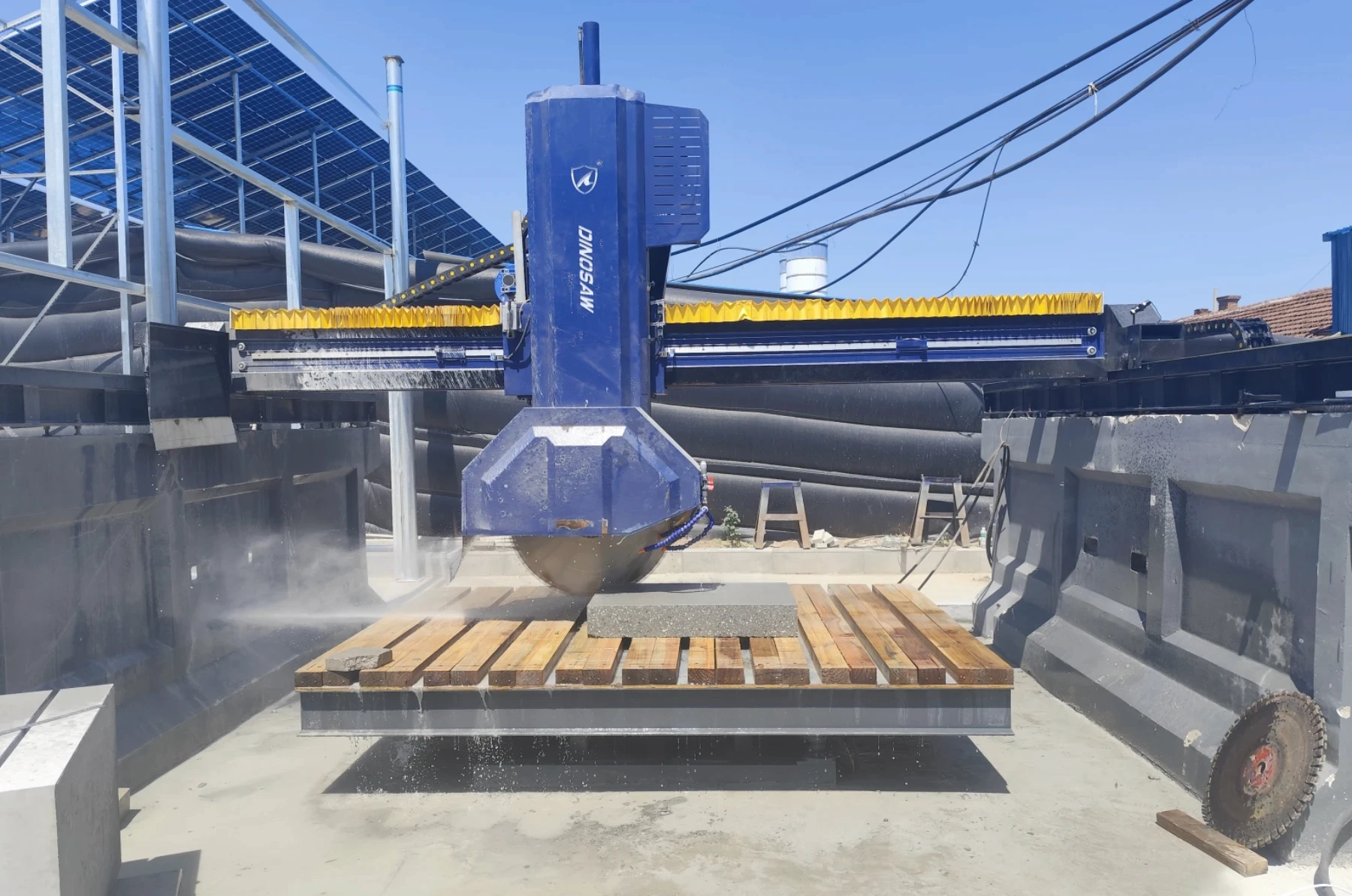
Maintaining your bridge saw regularly is essential for ensuring its longevity, improving its performance, and preventing costly repairs. A well-maintained machine will provide consistent results, minimize downtime, and maximize your investment over time. In this section, we will summarize key maintenance best practices and conclude our guide.
Establish a Regular Maintenance Schedule
A routine maintenance schedule is vital for keeping your bridge saw in top condition. This should include daily, weekly, monthly, and annual tasks to ensure every aspect of the machine is properly cared for. Regular inspections help you catch issues early before they become more severe. For example, checking fluid levels, lubricating parts, and cleaning filters daily can prevent major system failures.
Use the Right Parts and Accessories
Always use the manufacturer-recommended parts and accessories for your bridge saw. This ensures compatibility and prevents damage to the machine. Using inferior or incompatible parts can lead to inefficiencies, malfunctions, and unnecessary wear. For example, using the right type of cutting blade for specific stone materials will ensure optimal cutting speed and precision.
Keep the Work Area Clean
A clean work area is just as important as machine cleanliness. Dust, dirt, and debris can accumulate in your saw’s moving parts and impair its function. Ensure the surrounding environment is clean and free of any debris that could be inadvertently transferred to the machine during operation. Keeping the work area dry and ensuring proper water drainage also prevents rust and corrosion.
Properly Calibrate and Align the Saw
Regular calibration and alignment of the bridge saw’s gantry, blade, and other components ensure that the machine operates at peak efficiency. Misalignment can lead to uneven cuts, increased wear on the saw, and unnecessary downtime. Make calibration a part of your regular maintenance routine.
Monitor Performance and Address Problems Early
Keep an eye on the machine’s performance and address any unusual signs immediately. Pay attention to noises, vibrations, or changes in cutting quality. Promptly fixing small issues before they grow into bigger problems can significantly extend the life of your bridge saw.
Educate Your Operators
Operator knowledge plays a crucial role in the maintenance and operation of a bridge saw. Ensure that your operators are properly trained to use the saw efficiently, following manufacturer guidelines for operation and maintenance. Proper handling, adjustment, and care by operators will reduce the risk of damage and improve the overall lifespan of the machine.
Keep Detailed Records of Maintenance
Documenting each maintenance activity, including inspections, repairs, parts replaced, and adjustments made, is a best practice. These records help track the machine’s condition over time and can be valuable when diagnosing issues or when selling the machine in the future. A well-maintained log will also ensure that no critical maintenance tasks are missed.
Final Thoughts on Bridge Saw Maintenance
By following the best practices outlined in this guide, you can significantly improve the performance and longevity of your bridge saw. Regular maintenance, prompt repairs, and a proactive approach to addressing common issues will not only help keep your equipment in top shape but also ensure your projects are completed with precision and efficiency. Investing in proper care now will pay off in the long run by reducing downtime, extending machine life, and maintaining cutting quality.
With a solid maintenance routine in place, you’ll ensure your bridge saw continues to serve your fabrication business for many years, maximizing your investment and supporting your production goals.
Additional Support from DINOSAW
If you encounter issues during the operation or maintenance of your bridge saw that you are unable to resolve on your own, don’t hesitate to reach out to us at DINOSAW. We understand the importance of keeping your equipment running smoothly, and we are here to assist you every step of the way.
We offer a variety of support services including:
Remote Guidance: Our experienced technicians are available for remote troubleshooting, providing step-by-step assistance to help you address common issues without the need for an on-site visit.
Online Help: You can access our online resources, FAQs, and instructional videos for immediate answers to frequently encountered challenges.
On-Site Support: For more complex problems, our skilled engineers can visit your location to provide hands-on support and resolve any technical difficulties.
In addition to our machine sales, DINOSAW is dedicated to providing a full spectrum of post-purchase services to ensure your bridge saw continues to perform at its best. Our services include:
Training: We offer comprehensive training for your team, ensuring that they are fully equipped to operate and maintain the bridge saw effectively.
After-Sales Service: We stand by our products with continuous after-sales support, offering advice and solutions whenever needed.
Parts and Accessories: As part of our commitment to your machine’s longevity, we supply genuine parts and high-quality accessories for your bridge saw.
Diamond Tools and Consumables: We also provide a wide range of diamond tools and other consumables that are compatible with your machine, ensuring that you get the best performance and results from your equipment.
At DINOSAW, we are committed to supporting our customers throughout the entire lifecycle of their equipment. Whether you're purchasing a new bridge saw or maintaining an existing one, we are always ready to assist with professional guidance, high-quality service, and the right tools to keep your operations running smoothly. Our goal is to provide you with not just a machine, but an ongoing partnership built on trust and excellence.

